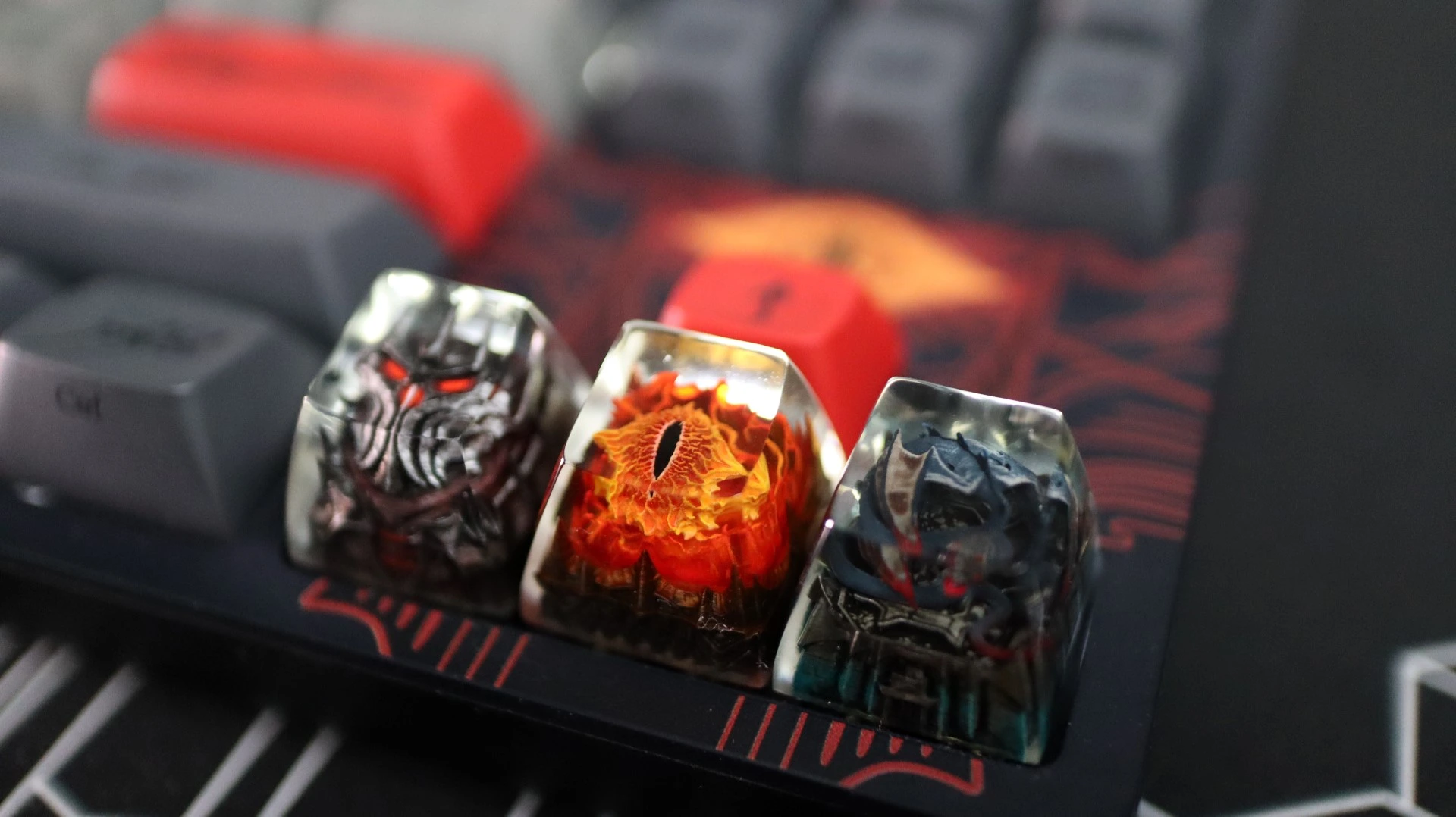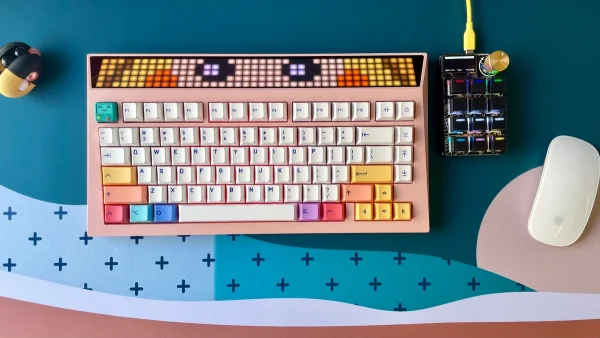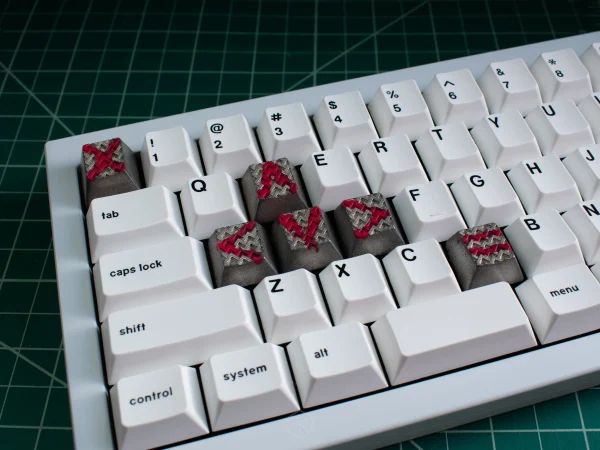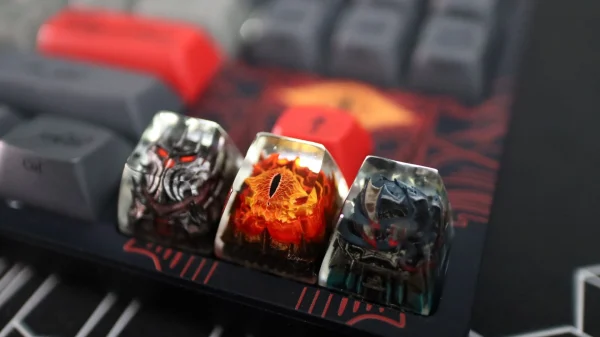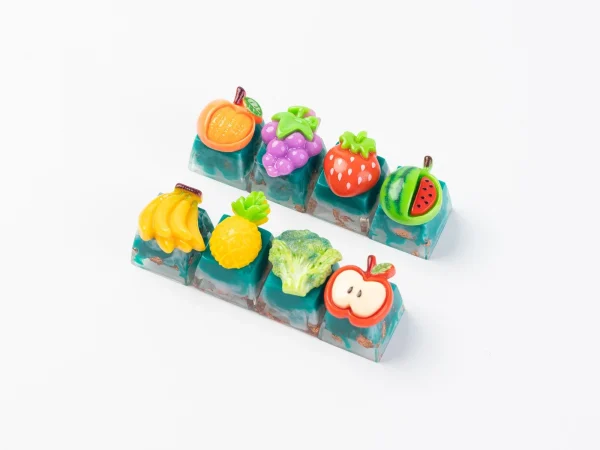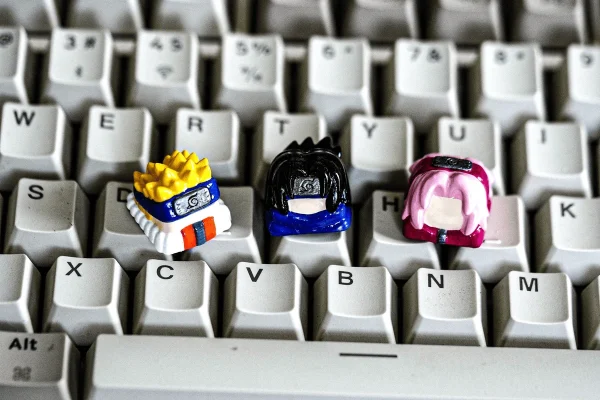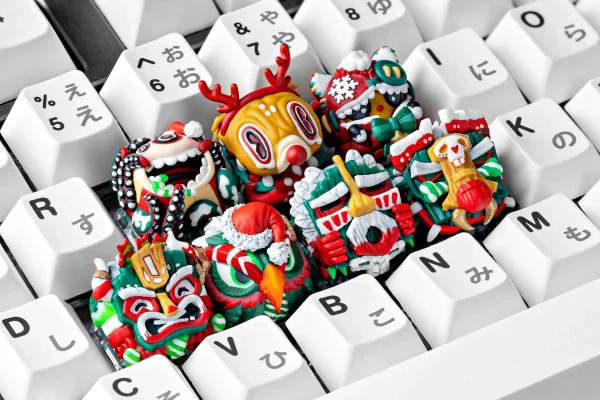What Makes a Good Artisan Keycap: 7 Essential Features
Discover features, materials, and design elements of good artisan keycaps.
Artisan keycaps are more than decorative accents; they’re functional art crafted to enhance both the look and feel of your mechanical keyboard. A truly good artisan keycap combines exceptional design, premium materials, perfect compatibility, and ergonomic profiles to stand the test of time. In this article, we break down the seven core good artisan keycap features—from sculpted artistry to resin quality—and explain how each contributes to a superior typing experience.
What Makes a Good Artisan Keycap?
A good artisan keycap should excel in design detail, material choice, and compatibility, ensuring both style and functionality for your keyboard setup. Below, we explore seven essential features to look for when selecting artisan keycaps.

1. Exceptional Design and Craftsmanship
A hallmark of artisan keycaps is the level of artistic detail and precision in each piece. High‑end artisans use sculpting, hand‑painting, or multi‑layer resin casting to achieve intricate miniatures or dynamic scenes on a single key. Consistency and clean finishes—free of air bubbles or uneven edges—indicate meticulous craftsmanship often found in limited‑run releases
2. High‑Quality Material Selection
Material dictates durability, weight, and finish. Popular options include:
Resin: Offers vibrant colors and complex layering but varies by resin grade. Premium epoxy resins resist yellowing and scratches.
Metal: Aluminum, brass, or zinc alloys provide heft and longevity, with anodized or engraved finishes for a luxe feel.
Clay & Ceramic: Hand‑sculpted for organic textures but require careful handling due to fragility.
Selecting a material suited to your usage patterns—daily typing vs. decorative accent—ensures longevity.
3. Compatibility with Switches and Layouts
Artisan keycaps must fit your switch type (e.g., Cherry MX, Gateron) and respect your keyboard’s layout. Verify stem compatibility—most artisan caps cater to MX‑style stems—but some specialty sellers offer Topre or Alps mounts. Additionally, consider row position: sculpted keycaps for row‑specific spots (Esc, Enter), versus flat designs for universal placement on ortholinear or custom layouts
4. Durability and Finish
A good artisan keycap resists wear, fading, and surface damage. Look for UV‑resistant coatings or double‑shot metal finishes that maintain vibrancy over time. High‑grade resins and metals naturally withstand daily use, while softer materials like clay may show wear faster. Consistent texture—neither too slick nor overly rough—enhances both appearance and grip.
5. Ergonomics and Keycap Profile
Profile determines typing comfort. Sculpted profiles (SA, Cherry, OEM) feature row‑by‑row contours for natural finger guidance, reducing travel distance and fatigue. Flat profiles (DSA, XDA) provide a uniform surface that’s ideal for rapid swaps and gaming setups
6. Limited Edition and Exclusivity
Many artisans release keycaps in small batches or limited GB (group buy) runs, adding collectibility and ensuring high quality through controlled production. Limited editions often feature unique colorways or collaborations, making them sought‑after collector’s items. However, exclusivity can drive up aftermarket prices—buy from trusted sources to avoid counterfeits.
7. Community Feedback and Reputation
Researching artisan reputations and user reviews helps gauge quality beyond promotional images. Enthusiast forums (Geekhack, Reddit) and unboxing videos reveal real‑world feedback on artistic fidelity, material performance, and compatibility issues
Conclusion
Understanding what makes a good artisan keycap empowers you to choose caps that elevate both form and function. Seek out artisan pieces with meticulous design, premium materials, perfect compatibility, and ergonomic profiles—and validate choices through community feedback.
Ready to upgrade your setup? Explore MCraftin’s curated artisan keycaps collection and find pieces that combine art and durability flawlessly.




